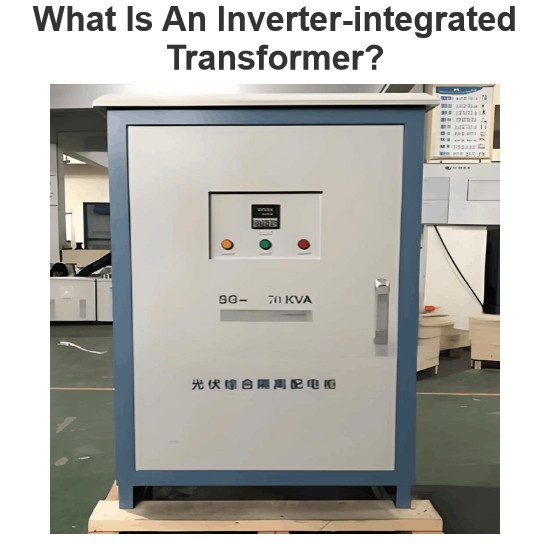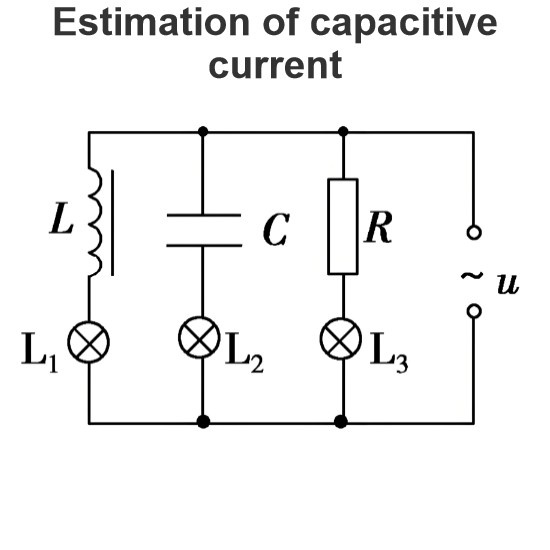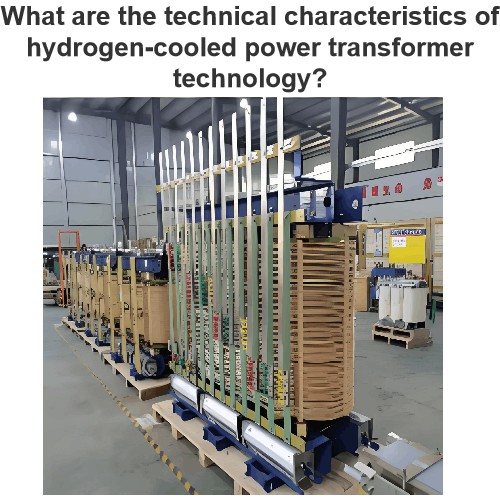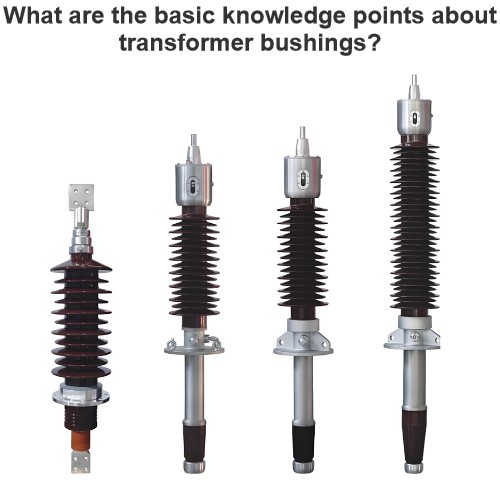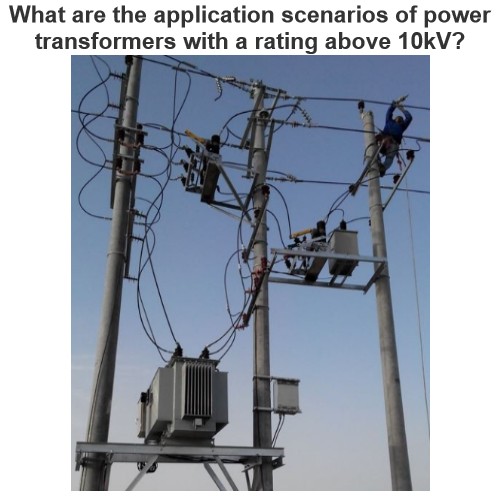Description
The high-voltage direct current (HVDC) converter transformer is a core device in HVDC transmission systems. Its main function is to connect the AC power grid with the converter valve, enabling energy conversion and transmission between AC and DC. It can convert high-voltage electrical energy on the AC side to a voltage level suitable for the operation of the converter valve, providing stable support for DC transmission. Meanwhile, through electrical isolation, it reduces mutual interference between the AC grid and the DC system, ensuring the safe operation of the entire transmission system. Its performance directly affects the efficiency, stability, and reliability of HVDC transmission, making it a key equipment for long-distance, large-capacity power transmission (such as cross-regional grid interconnection and new energy grid integration).
Features
High insulation performance: Operating in a high-voltage environment (often involving ±500kV and above DC voltage), it requires extremely strong insulation capabilities. Special processes such as oil-paper insulation or SF₆ gas insulation are adopted to withstand complex working conditions such as operating overvoltage, lightning overvoltage, and DC bias magnetization.
Special winding design: Mostly adopts split winding structures, which can adapt to the multi-bridge arm topology requirements of converter valves. It also reduces harmonic impact on the power grid to ensure power quality.
Efficient cooling system: Due to large transmission power (single unit capacity can reach millions of kVA) and high heat generation during operation, it is usually equipped with forced oil circulation directed cooling or forced air cooling systems to ensure stable heat dissipation under rated load.
Strong short-circuit resistance: It can withstand short-circuit current impacts during system faults. The windings adopt reinforced mechanical fixing structures to reduce the risk of deformation during short circuits.
On-load voltage regulation function: Most products have on-load voltage regulation capabilities, which can adjust the output voltage in real-time according to grid voltage fluctuations, ensuring the converter valve operates within the optimal voltage range and improving system operational flexibility.
Adaptability to complex working conditions: It can withstand harmonic waves, DC bias magnetization, vibration, and other unique conditions of DC transmission systems. Metal components undergo high-grade anti-corrosion treatment, adapting to various installation environments such as outdoor or indoor.




